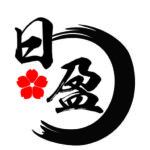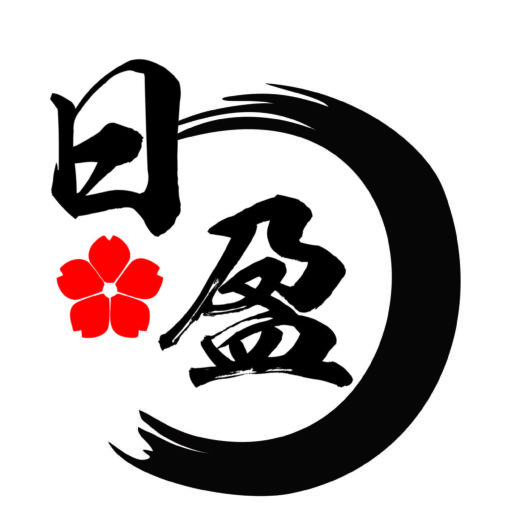Kyoto
Kiyomizu Temple


Kiyomizu Temple is a Buddhist temple located in Higashiyama-ku, Kyoto, Japan, and is one of Kyoto’s most famous tourist attractions.
Kiyomizu no Butai (Stage of Kiyomizu): Also known by the famous phrase “jumping off the stage at Kiyomizu,” Kiyomizu Temple has a huge wooden stage, 13 meters high and 10 meters wide, jutting out from the mountain slope with beautiful seasonal scenery. From this stage, visitors can enjoy a panoramic view of the city of Kyoto and the surrounding nature.
Hondo: Located on the stage of the main hall. The colored roof and beautiful carvings are abundant to see. Visitors can also enjoy the surrounding scenery from the main hall.
Three-story P agoda: Near the main hall is the three-story pagoda, a historical structure dating back to the Heian period.
Fushimi Inari Taisha



Fushimi Inari Taisha is a shrine located in Fushimi-ku, Kyoto, and is a tourist attraction famous for its Senbon-torii, or thousand torii.
Senbon Torii: The most distinctive feature of Fushimi Inari Taisha is its unbroken line of 1,000 torii gates. These torii gates were built as a sign of gratitude for the donation of komainu (fox statues) and decorate the shrine grounds in the form of climbing mountain paths.
Togetsu Bridge, Arashiyama
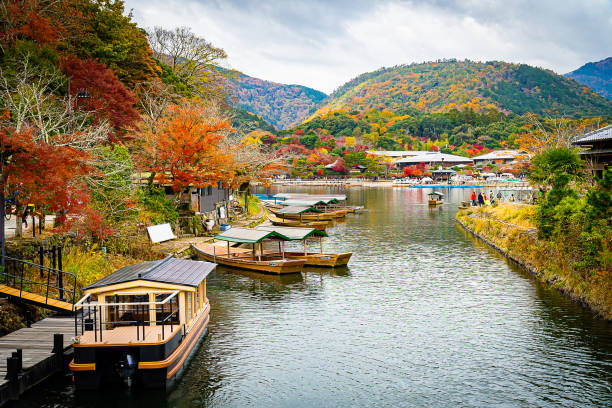
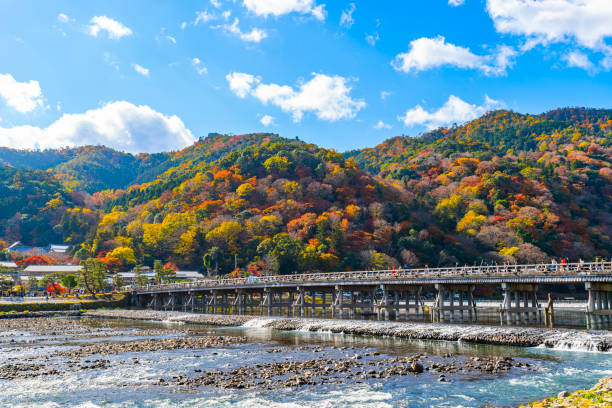
Arashiyama’s Togetsu Bridge (Togetsu-kyo Bridge): One of Arashiyama’s most famous landscapes, the bridge is lined with beautiful cherry blossom trees during the cherry blossom season and also offers wonderful scenery during the fall foliage season. After crossing the bridge, you will find a path that leads you to Arashiyama’s famous landmarks and tourist attractions.
Bamboo Forest Trail
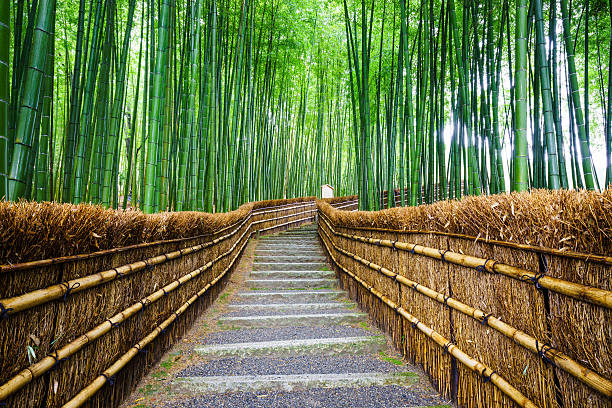
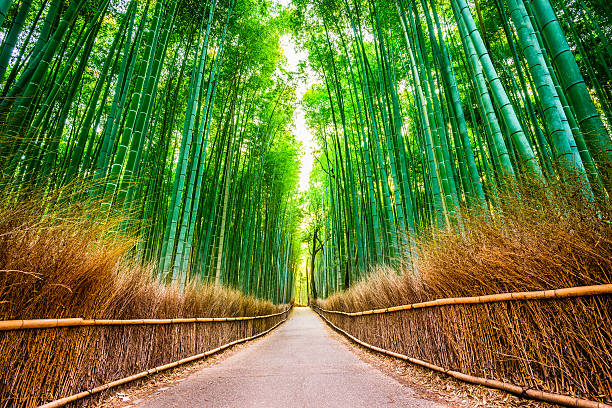
Beautiful Tunnel Path: The bamboo paths in Arashiyama are covered with bamboo stalks that are so high that they overwhelm the paths, creating a beautiful tunnel-like path. This gives visitors the feeling of being lost in another world.
Bamboo Swaying in the Wind: When the wind blows, the bamboo stalks sway gracefully, creating a unique sound. This gentle sound offers healing to those who walk along the bamboo path.
Beautiful scenery in each season: cherry blossoms bloom in spring, thick greenery in summer, and beautiful autumn leaves in fall. The scenery changes with the seasons, delighting visitors.
Kinkakuji Temple (Rokuonji Temple)
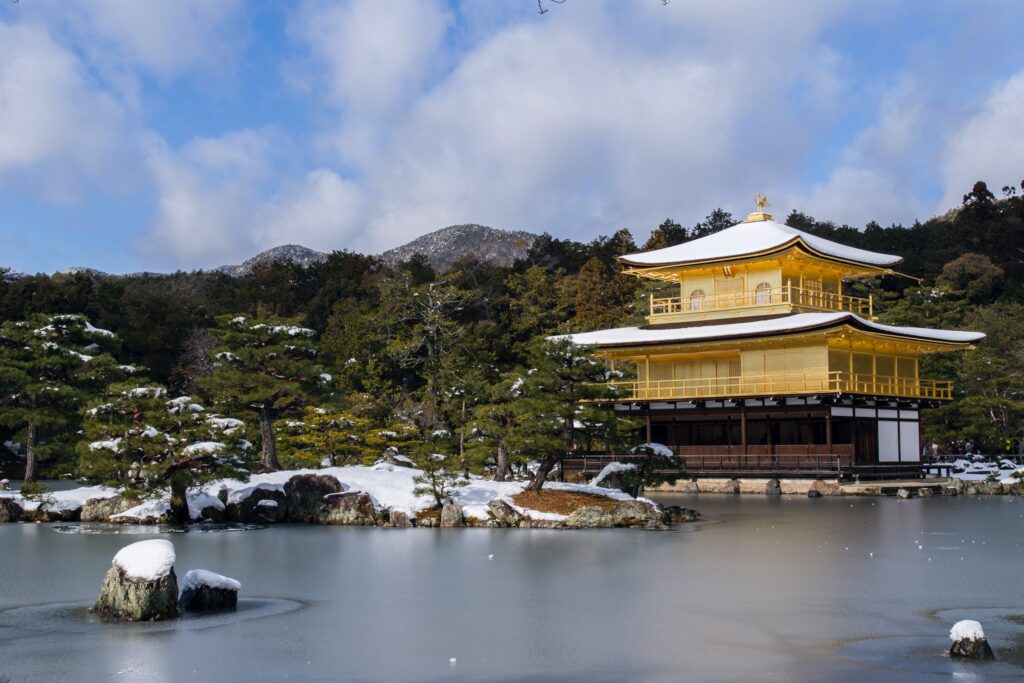

Kinkakuji Temple, officially called Rokuonji Temple, is a Buddhist temple located in Kita-ku, Kyoto.
Exterior of the Golden Pavilion: This three-story pagoda, with its exterior covered in gold leaf, is called the “Golden Pavilion” because of the gold leaf on the upper levels in particular. Kinkakuji itself attracts people with its beautiful appearance.
History: Kinkakuji Temple was built by Ashikaga Yoshimitsu in the Muromachi period (1336-1573). The building itself was destroyed by fire several times, but has been rebuilt.
Kagamiko Pond: As the name suggests, the pond in front of the Golden Pavilion reflects beautiful scenery. The pond is even more enjoyable for visitors during the cherry blossom and fall foliage seasons.
World Heritage: Kinkakuji Temple was registered as a UNESCO World Heritage Site in 1994 as a “Cultural Property of Kyoto. It is also designated as a National Treasure of Japan.
Seasonal Scenery: In winter, when Kyoto is covered with snow, Kinkakuji Temple and its surroundings are covered with white snow, creating a mysterious and magical atmosphere.
Gion


Gion is an area located in Higashiyama-ku, Kyoto, Japan, and is one of Japan’s representative flower and entertainment districts. Gion is known as an area that retains a strong sense of traditional Japanese culture and atmosphere, and is visited by many tourists.
One of the most famous features of Gion is Hanamikoji, a cobblestone-paved pathway. Hanamikoji is lined with traditional ryotei (Japanese-style restaurants), teahouses, and fashionable restaurants where visitors can enjoy traditional Japanese culture and cuisine.
Also known as one of the three major festivals in Japan, the Gion Festival is held in July in the city of Kyoto. The Gion Festival is a traditional festival with a history of more than 1,000 years, and the highlight of the festival is the parade of gorgeous floats and stalls through the city.
In addition, the Gion area is also home to a number of song and dance parlors and stages, such as the Gion Opera House and the Gion Kaikan, where visitors can watch Japanese dance and geiko (geiko) performances. In addition, there are many tourist attractions nearby, such as Kiyomizu Temple and Yasaka Shrine, making the area attractive to tourists.
Yasaka Shrine
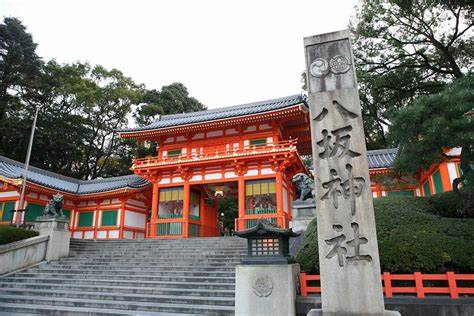
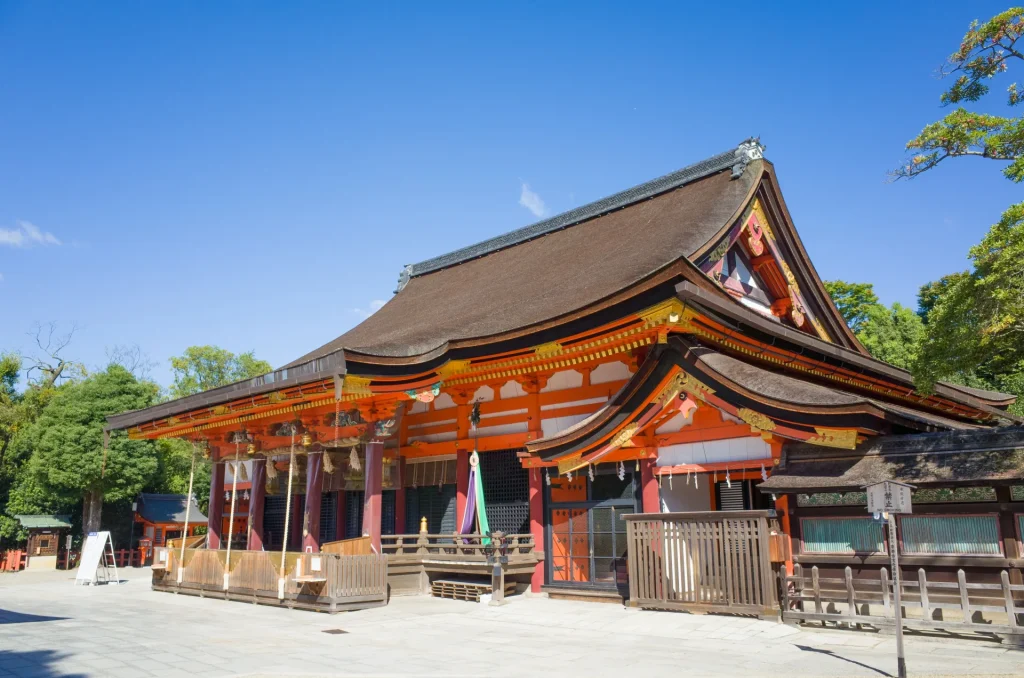
Yasaka Shrine is located in Higashiyama-ku, Kyoto, Japan and is one of the most popular tourist attractions in Kyoto. Yasaka Shrine is located in the center of Kyoto, in close proximity to Kiyomizu Temple, Gion, and other tourist attractions.
Yasaka Shrine was founded during the reign of Emperor Saga and is known as the main venue for the Gion Festival. Especially during the Gion Festival in July, the area around the shrine becomes lively, and the parade of floats and stalls is a highlight of the festival.
In addition to the Gion Festival, many other festivals and events are held at Yasaka Shrine each year. It is also known for being visited by locals and tourists for Hatsumode (New Year’s visit to the shrine) and various other milestone events.
Yasaka Shrine is a place of history and tradition, with beautiful shrine architecture, torii gates, and stone lanterns. The shrine grounds are crowded with visitors and tourists, creating a sacred atmosphere.
Amanohashidate


Kyoto is famous for its temples and World Heritage sites, but in fact, Kyoto also has some wonderful scenery. It is one of the three most scenic spots in Japan: Amanohashidate.
Amanohashidate is a 3.6-kilometer-long sandbar at the mouth of the bay that separates Miyazu Bay in Miyazu City, Kyoto Prefecture, from the inland Aso Sea from north to south. It is one of the three most scenic spots in Japan, and with 1,781,900 visitors in 2013, it is the number one tourist destination in Kyoto Prefecture, excluding Kyoto City. In April 2017, it was recognized by the Agency for Cultural Affairs as one of the cultural properties comprising the Tango Chirimen Corridor, a “Japan Heritage” story of Japanese culture and tradition through the historical charm and characteristics of the region.
Boathouse in Ine
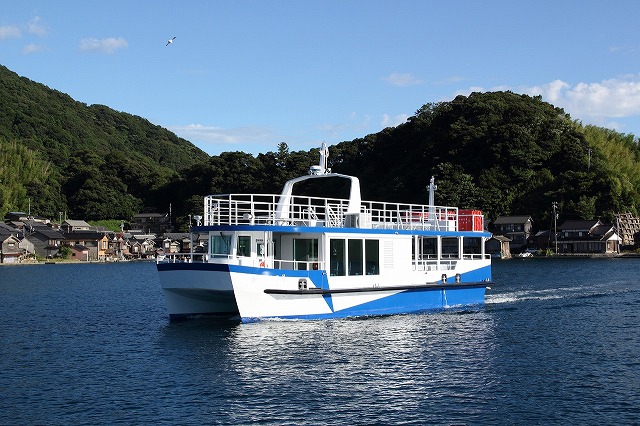
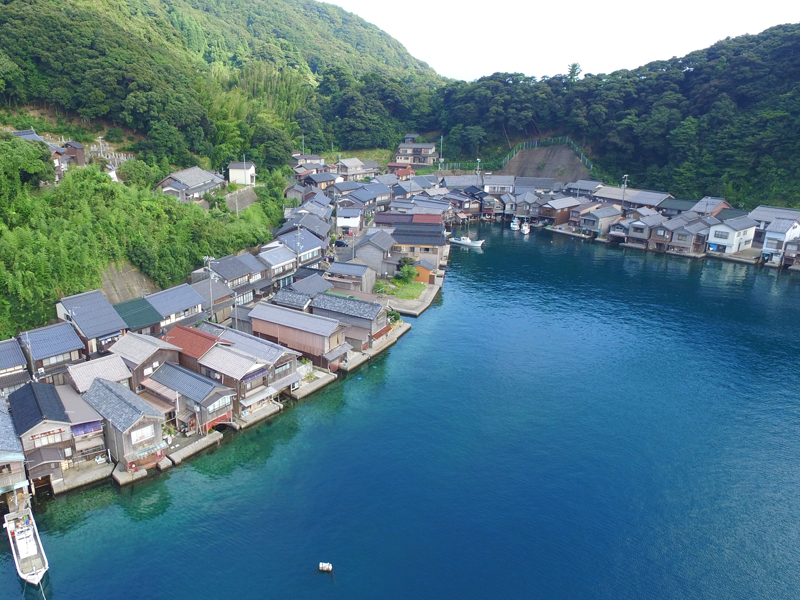
I would like to recommend a sightseeing boat tour of the boathouses in Ine. The view of the boathouses from the land is of course beautiful, but the view from the sea has a different quality.
Ine’s boathouses are beautiful and unique in their appearance, with wooden buildings standing side by side on the water’s edge. This fusion of the scenery and the lives of the fishermen is a strong reminder of the atmosphere of a traditional Japanese fishing village.
These boathouses are built using traditional methods and retain their wooden appearance. The boathouses generally house boats underneath and dwellings above. This form reflects a traditional way of life that is closely connected to the sea.

